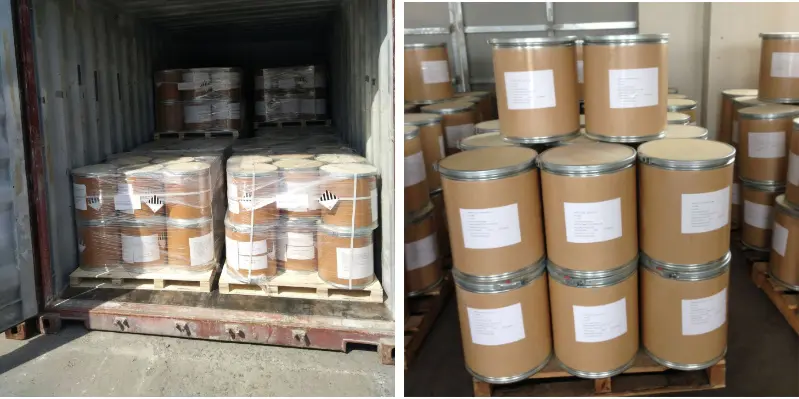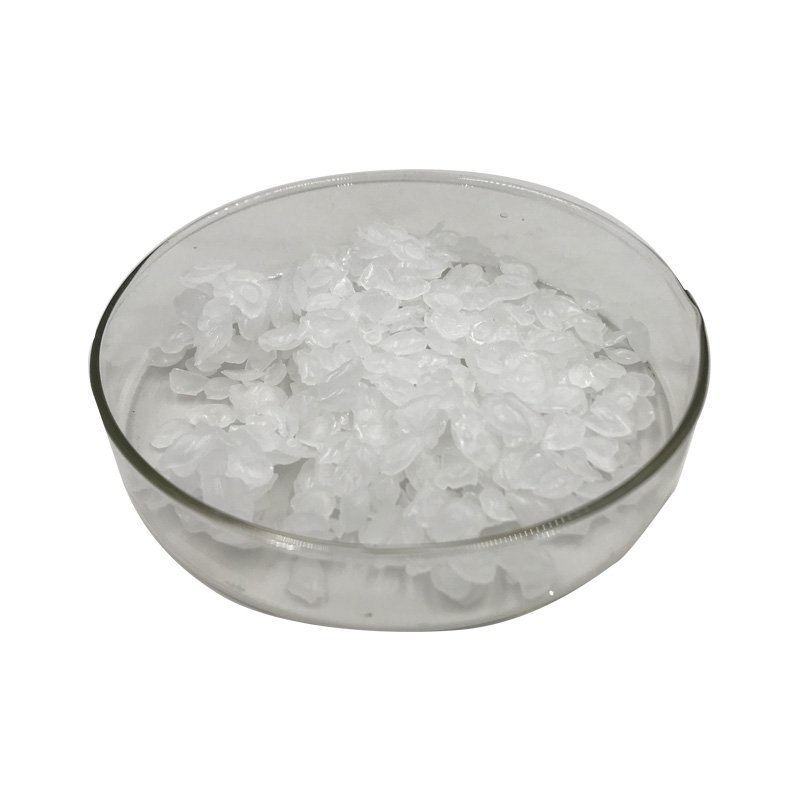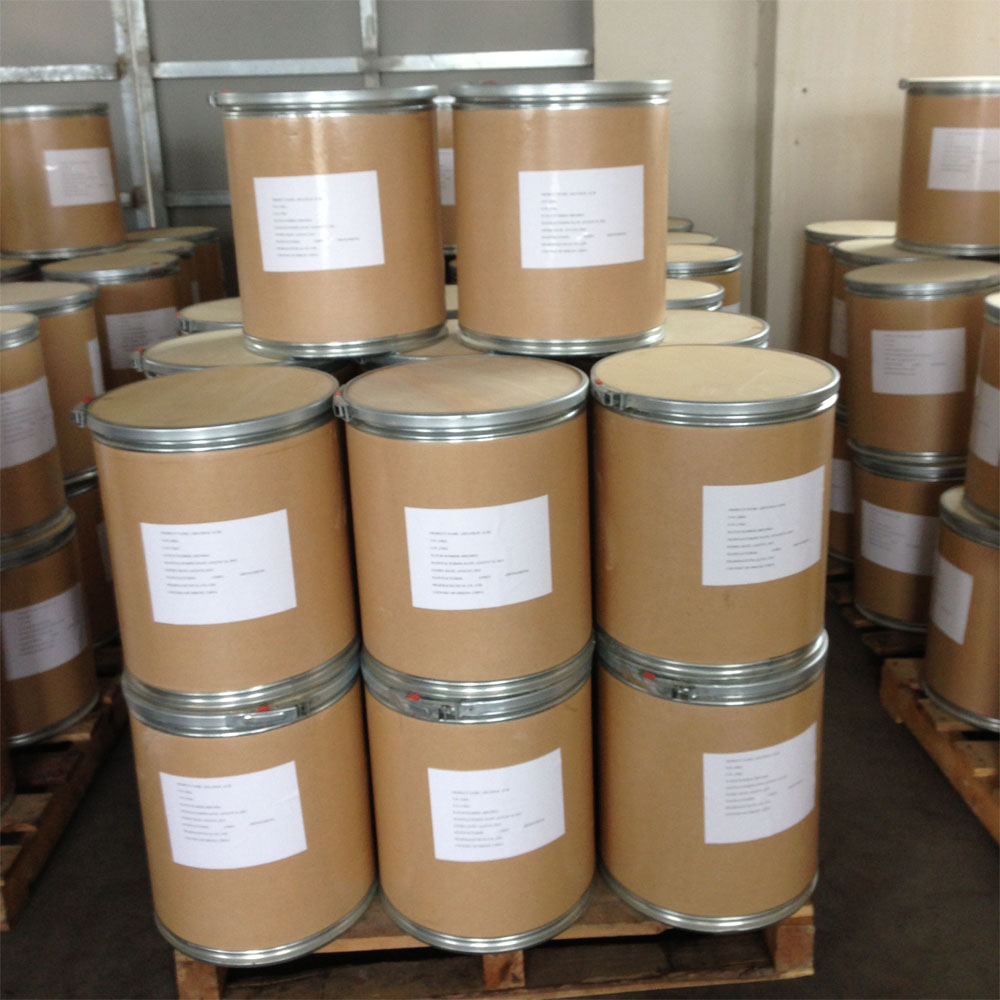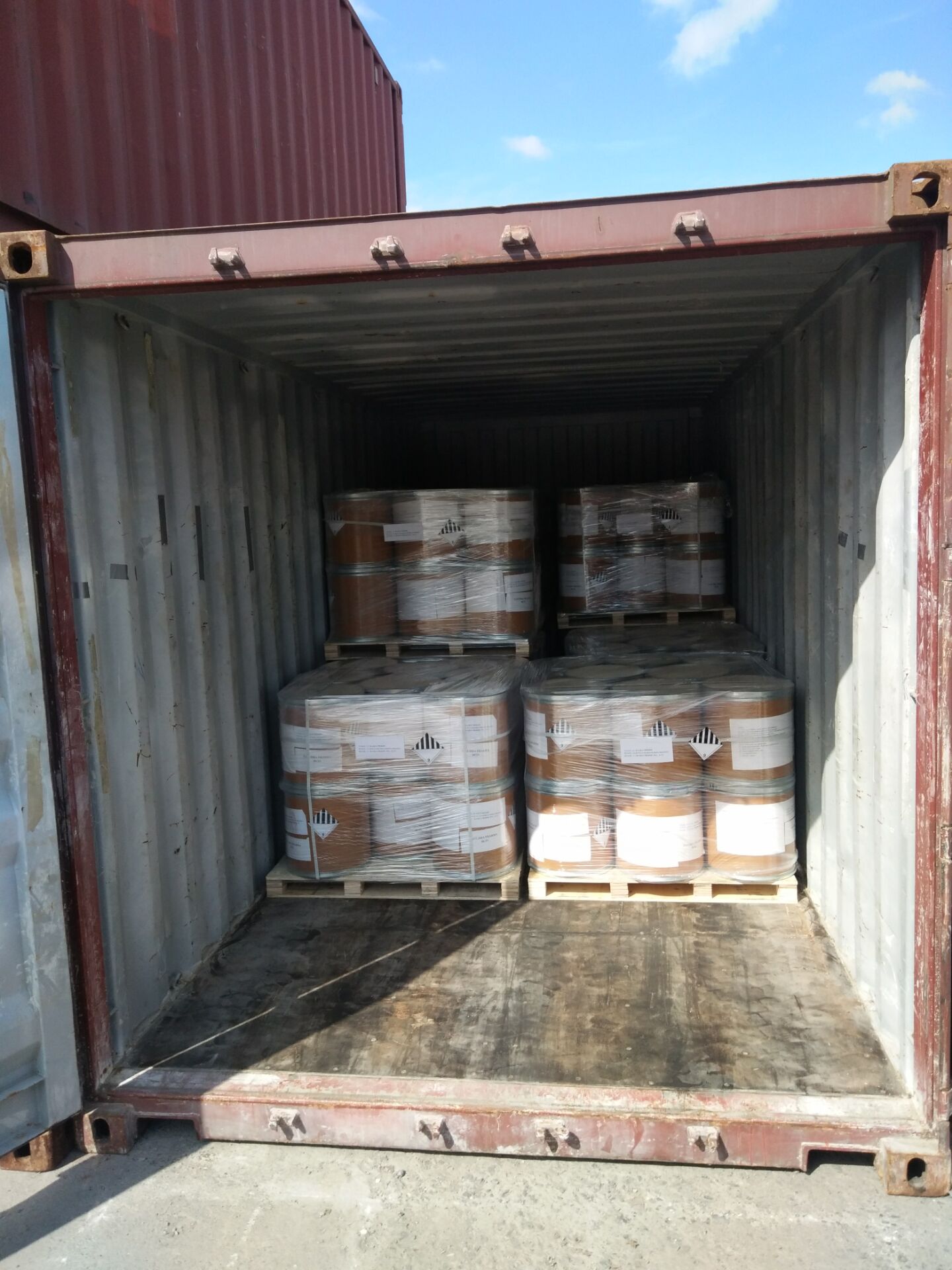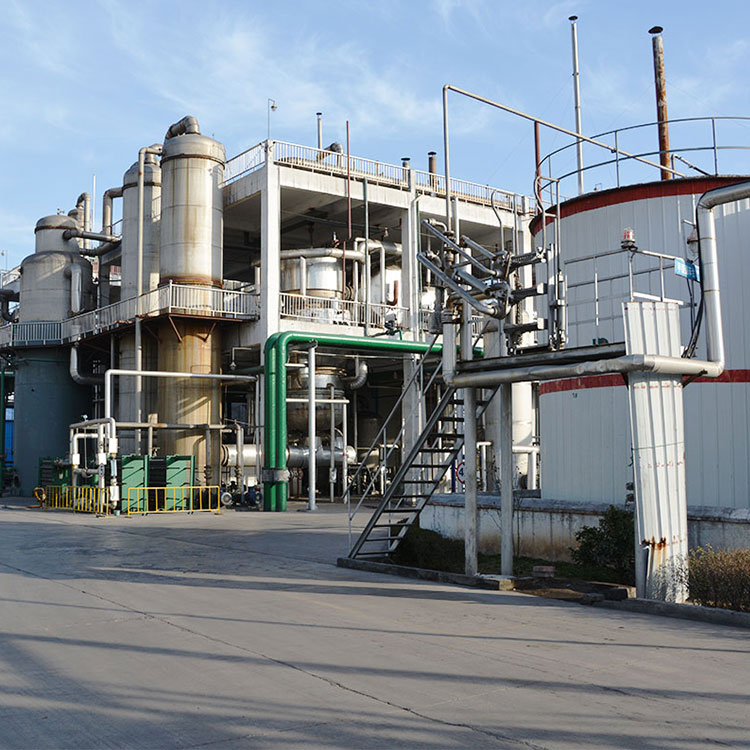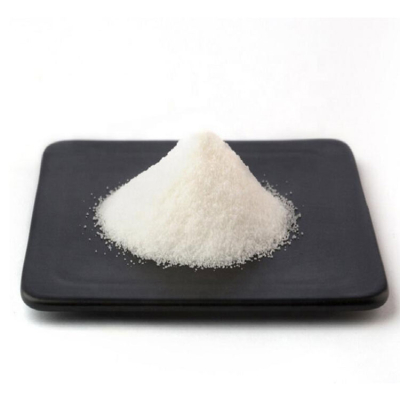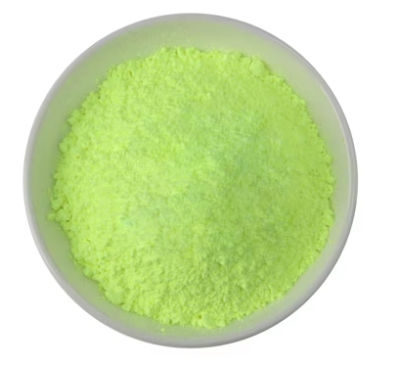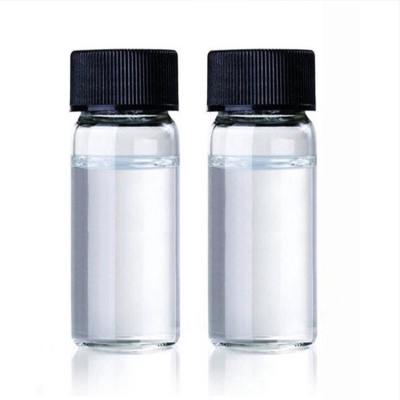Calcium carbonate CAS#471-34-1
Calcium carbonate CAS#471-34-1 Promotion Season Now in Store and Free Sample for Testing with Factory Price
Chemical Name:Calcium carbonate
CAS No.:471-34-1
Molecular weight:100.0869
Sample: Available
Mode of Transportation
1. By Air, fast but expensive.
2. By Sea, usual and economy.
3. By Train, suit for middle Asia countries.
4. By Express, suit for small package.
We only provide highest quality goods available, accompanied by after support!
Products Description of Calcium carbonate CAS#471-34-1
Calcium carbonate occurs in nature as limestone in various forms, such as marble, chalk, and coral. It is probably the most widely-used raw material in the chemical industry. It has numerous applications, primarily to produce cement, mortars, plasters, refractories, and glass as building materials. It also is used to produce quicklime, hydrated lime and a number of calcium compounds. It is produced either as powdered or precipitated calcium carbonate. The latter consists of finer particles of greater purity and more uniform size. They also have many important commercial applications. Various grades of precipitated calcium carbonate are used in several products, such as textiles, papers, paints, plastics, adhesives, sealants, and cosmetics.
Calcium carbonate occurs in two forms—hexagonal crystal known as calcite, and orthorhombic form, aragonite. Calcite decomposes on heating at 825°C, aragonite melts at 1,339°C (at 102.5 atm). Density 2.71 g/cm3 (calcite), 2.83 g/cm3 (aragonite); insoluble in water (15mg/L at 25°C); Ksp 4.8x10–9 ; soluble in dilute mineral acids.
Calcium carbonate is a naturally occurring compound found in organisms and throughout the earth’s crust. After quartz, calcium carbonate, primarily in the form of calcite, is the most common mineral found in the crust. Geologically, calcium carbonate exists in several mineral forms: calcite, aragonite, and vaterite. Calcite is the most common calcium carbonate mineral, whereas vaterite is a very rare form. The different mineral forms of calcium carbonate are based on their crystalline structure. The form of calcium carbonate depends on the conditions at its formation such as temperature and pressure.
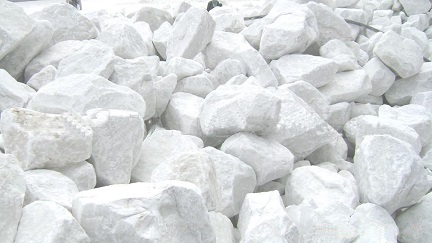
Calcium carbonate Chemical Properties |
Melting point | 825 °C |
Boiling point | 800 °C |
density | 2.93 g/mL at 25 °C (lit.) |
refractive index | 1.6583 |
storage temp. | Store at +5°C to +30°C. |
solubility | 5 M HCl: 0.1 M at 20 °C, clear, colorless |
form | random crystals |
color | White-beige to slightly beige-gray |
Specific Gravity | 2.93 |
PH | 9.91(1 mM solution);9.91(10 mM solution);9.91(100 mM solution); |
Odor | Odorless |
PH Range | 8 |
Water Solubility | Insoluble |
λmax | λ: 260 nm Amax: ≤0.09 |
Merck | 14,1657 |
BRN | 8008338 |
Solubility Product Constant (Ksp) | pKsp: 8.54 |
Exposure limits | NIOSH: TWA 10 mg/m3; TWA 5 mg/m3 |
Dielectric constant | 6.1(Ambient) |
Stability: | Stable. Incompatible with acids, fluorine, ammonium salts, alum. |
InChIKey | VTYYLEPIZMXCLO-UHFFFAOYSA-L |
CAS DataBase Reference | 471-34-1(CAS DataBase Reference) |
EPA Substance Registry System | Calcium carbonate (471-34-1) |
Safety Information |
Hazard Codes | Xi |
Risk Statements | 37/38-41-36/38-36 |
Safety Statements | 26-36/37/39-37/39-37 |
OEB | B |
OEL | TWA: 10 mg/m3 (total) |
WGK Germany | - |
RTECS | FF9335000 |
TSCA | Yes |
HS Code | 28365000 |
Hazardous Substances Data | 471-34-1(Hazardous Substances Data) |
Toxicity | LD50 orally in Rabbit: 6450 mg/kg LD50 dermal Rat > 2000 mg/kg |
Factory and Equipment Show
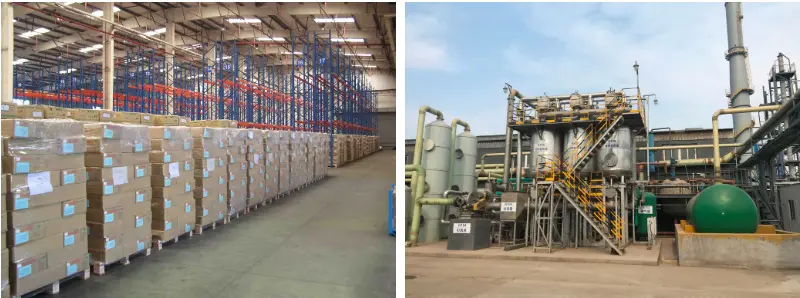
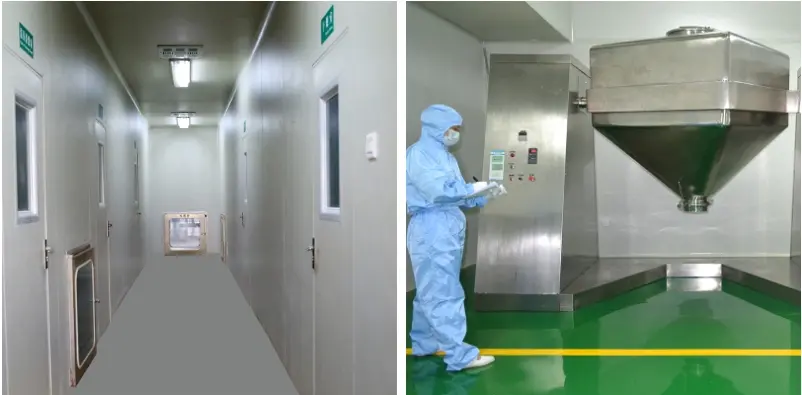
Fast transport time
Inventory 2-3 working days New manufacturing 7-10 working days
